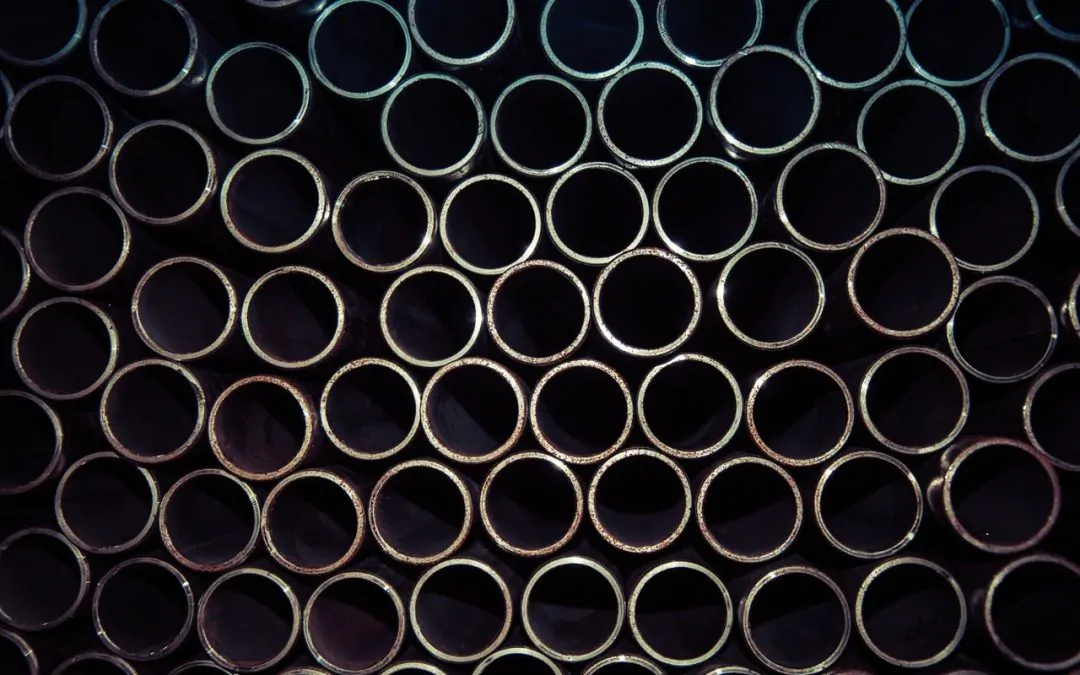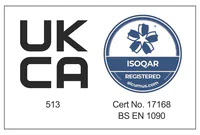If you compare steel tubes, you’ll find that some have a weld line along their length, whereas others do not – this is the difference between seamed vs seamless steel tube.
The reason for this lies with the manufacturing process. Seamless steel pipes are produced using an extrusion process whereby the hole through the tube is pierced into a solid cylinder of steel, which is then rolled and stretched to the required diameter.
Seamed or welded steel pipes start life as a flat rectangle of metal, which is rolled into a cylinder and then welded along the join. Often this leaves a visible weld line along the tube, although this can be hidden using subsequent heat treatments to smooth it out.
Both methods are carried out to high standards to ensure the finished steel tubes are strong and well within any tolerances that might apply to their dimensions and load-bearing ability.
However, in principle seamless steel tubes eliminate an obvious weak point, and are the preferred option for many high-pressure applications, such as when the pipes will be used to transport gas.
The manufacturing process of seamless steel tube is a little more difficult, and seamless tubes are normally priced higher to reflect that, but their increased strength offers a clear return on the extra investment, especially when a project really needs it.
What are ERW steel tubes?
ERW steel tubes are a middle ground between ordinary welded steel pipes and seamless manufacture. ERW is Electric Resistance Welding, which melts the edges of the steel to weld it together, rather than introducing a fusion metal to create the weld.
The result is that ERW steel tubes have a smoother weld from the outset, which again can then be treated using heat to further hide any visible evidence of its existence.
In the end, ERW steel pipes offer an alternative to seamless steel tubes. They are not completely seamless, but they carry some advantages over conventionally welded tubes.
If you’re not sure which product is best for your upcoming project, contact James Dunkerley Steel today and we will be happy to recommend steel pipes and tubes that meet your needs on dimensions, load-bearing capacity and cost.


